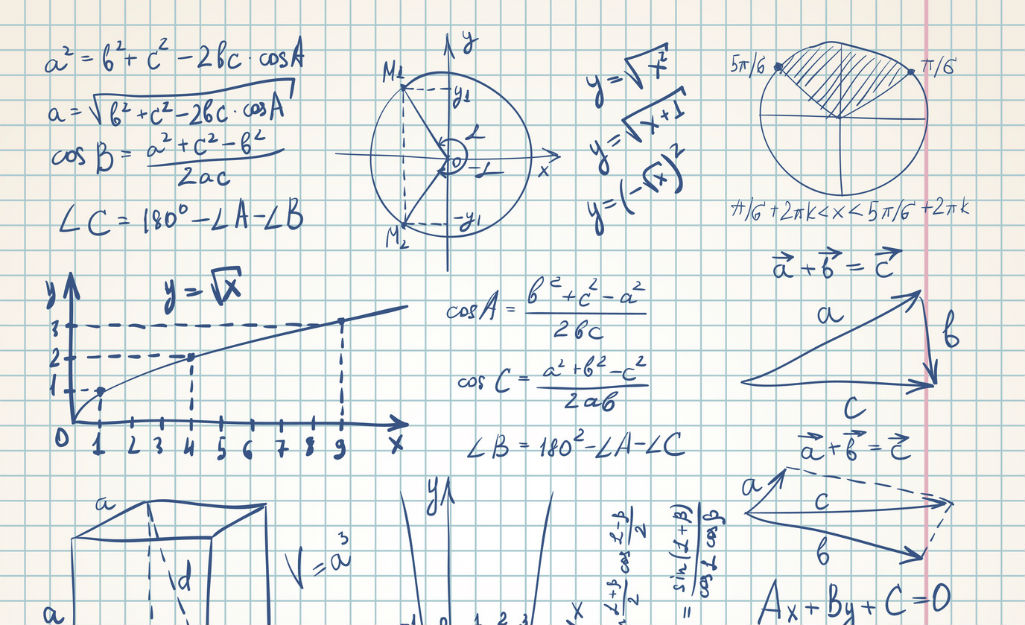
Inversion is the mathematical process of calculating cause from a set of observations. In resistivity work, it is used to calculate the resistivity of different formations in the ground from a set of readings taken at the surface or between boreholes.
In geophysics, an electrical resistivity survey is conducted to map the subsurface of the earth. The measurements are performed using four electrodes placed in contact with the earth. Two are for injecting a current, and the other two are for measuring the responding potential. This procedure is repeated in different locations and with different electrode configurations, resulting in a large data set called apparent resistivity values.
The apparent resistivity value can be seen as a weighted average of the different resistivities the injected current is flowing through. The area of current penetration is not exactly known since it depends on the underground resistivity distribution, but it is in the general area under the four electrodes. It is the job of the inversion process to calculate the true resistivity distribution under the electrodes as accurately as possible.
The Problem With Apparent Resistivity
Since apparent resistivity isn’t actually a physical measurement of a value in a known location, the raw data will look distorted if plotted in a cross-section. Without an inversion software, results are very difficult to evaluate.
The Solution—Inversion Modeling
This is where inversion modeling comes in. The job of an inversion model is to calculate the “true resistivity” distribution from all apparent resistivities. The result is a structured model that best fits raw data.
With an inversion model, the usability and ground truth comparison is improved because the result data is “true resistivity.”
Why Use Inversion Modeling?
1. It is defensible and reproducible.
The inversion code is reproducible for anyone as long as they have same data. Also, there is no human error—it is defensible because it is a model run by a computer, not a person hand-picking which data to use.
2. It is accurate.
Because inversion modeling is based on a statistical data set, one mistake or erroneous data point won’t ruin the data. The data is oversampled by design, so any errors are omitted, and the data remains accurate within 5%.
AGI’s fully automated inversion system is quick—the code runs much more raw data and filters out misfit data numerically—so the final model contains less data than was collected but retains the best, cleanest data.
3. It is extremely easy to use compared to other methods.
Inversion modeling of resistivity data is much less complex than anything that involves multi-frequency, including methods like spectral complex resistivity, electromagnetic methods, seismic refraction, and seismic reflection.
4. It is proceduralized.
The inversion technique is proceduralized and doesn’t require in-depth training—you can be trained to do it, and you don’t have to be a geophysicist (unlike seismic or ground-penetrating radar methods).
How Does Inversion Modeling Work?
The inversion procedure looks like this:
- From the raw data set, an estimate of what the ground might look like is created based on the apparent resistivities or on an a priori model. This is the start model; let's call it Model 1.
- Calculate the apparent resistivity data set that would be achieved if a survey was performed on a ground that would look exactly as Model 1. Let’s call this the Synthetic Data Set 1.
- Adjust Model 1 to a new earth model called Model 2 by looking at the difference between the raw data set and Synthetic Data Set 1.
- Calculate the apparent resistivity data set that would be achieved if a survey was performed on a ground which looks exactly as Model 2. This data set is called Synthetic Data Set 2.
- Continue to perform steps 3 and 4 until the fit between the raw data set and the synthetic data set is minimal.
Inversion synthetically creates data, tests it against all the different cases of all the different geologic structures in the real data, and examines which of those many thousands of combinations matches the raw data most closely. That’s where the term “inversion” comes from—making a structure and then “flipping it around” to test it against the raw data.
An Example
We see inversion modeling “in the wild” all the time—some common examples are meteorologists predicting the path of a hurricane or a hydrogeologist predicting groundwater levels as you pump certain amounts out of a well or a doctor predicting a tumor based on an MRI.
At AGI, we use inversion modeling in resistivity to help us get the cleanest, most accurate data.
In the case history Mapping Bedrock Surfaces Near Lake Travis, Texas, an electrode cable survey line crossed from land to underwater and traversed a pipeline.
The only way we were able to look at the data was by using the inversion code—in situations like this, it’s not possible to use raw data because the cable is in different geometries. Inversion gives us the capability to get accurate results in a complex situation that would otherwise be impossible to do.

